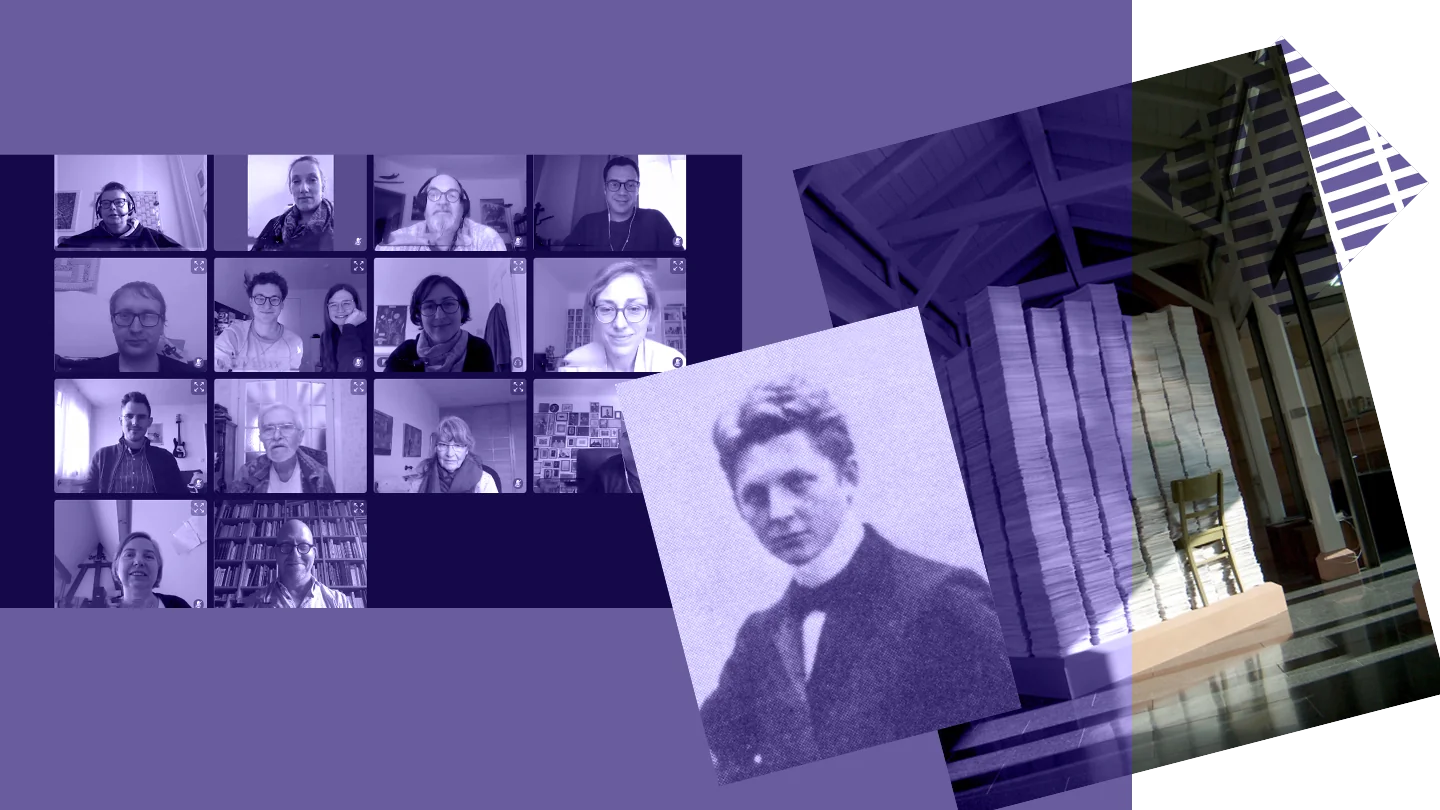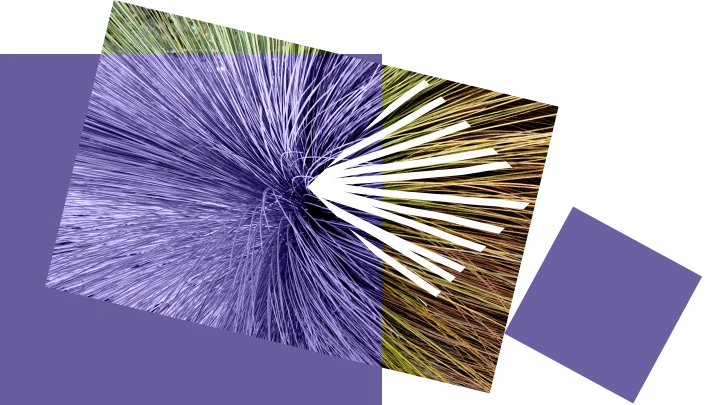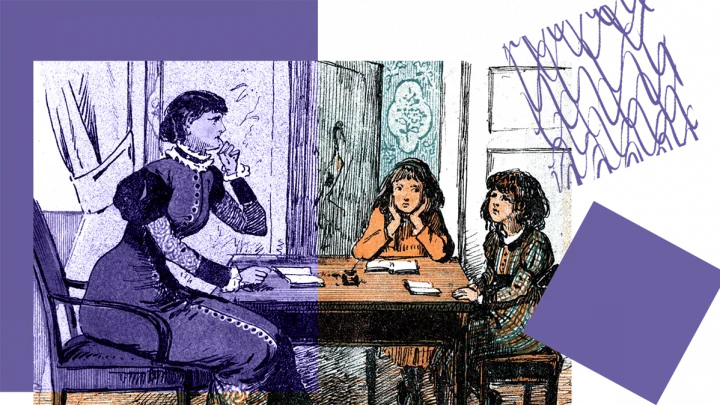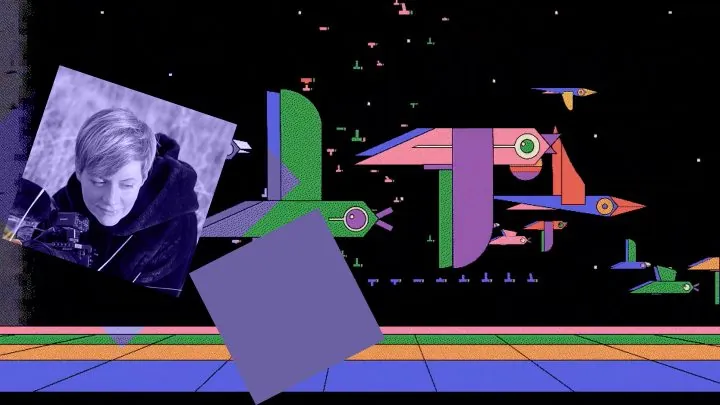A total of 54 cultural and memory institutions from Germany, Austria and Switzerland participated in GLAM actions and Coding da Vinci in 2020.
Although the doors of most cultural heritage institutions had to remain closed due to the pandemic, a whole series of top-class GLAM events were able to take place online in 2020: from International Museum Day to community networking meetings to virtual cooperation with the Prinzhorn Collection in Heidelberg. Many institutions are trying to break new ground, especially in times of crisis, and are opening up to Wikimedia projects.
Everything was already planned for the GLAM-on-Tour station: The appointment with the Marburg University Library was in place and 15 volunteers had signed up for the event. It was supposed to be about indexing medieval manuscripts for Wikipedia and its sister projects. Then came the cancellation in March 2020 – combined with the prospect of making up for the cancelled event in 2022. “That’s when I gulped for the first time,” says Holger Plickert, Project Manager Culture & Community at Wikimedia Deutschland. At the beginning of the year, a Wikipedian KultTour had still taken place in Balingen, initiated by user Wuselig – and now the Corona crisis began to take shape.
But it was also clear very quickly that doing nothing was not an option. Plickert created a discussion page for the community where suggestions for further exchange, new ways of communication and virtual GLAM events were to be collected; he tried out all available video tools to be able to stay in conversation with people, had to deal with technical adversity, as everyone did during this time – and had many positive experiences. “Very close relationships were formed, especially with people from the museum sector. Employees who had been our allies in the institutions before were really inspired and spread their wings during this time.” So heritage institutions became increasingly aware of the need to become more digital, more participatory, more accessible, and to share more.
International Museum Day forges alliances
It was possible to run a number of high-profile events and formats digitally in 2020. Among them was the International Museum Day in May, where Wikimedia Germany, Austria and Wikimedia CH were joined by France and Italy. The participatory event aimed to increase the visibility and presence of cultural and memory institutions in Wikimedia projects. On an interactive map, participants were able to see which museums have not been represented much or not at all so far – and were called upon to change that. In addition, a Wikidata workshop was held to also enhance the free database with the information gained.
According to Plickert, the positive response to the International Museum Day in associations such as the “International Council of Museums” (ICOM) or the German Museum Association was gratifying.. “We need alliances,” emphasizes the project manager and stresses that work is continuously being done to consolidate the realization that “Wikipedians are not in competition with museums. Both want to preserve cultural assets, just in different forms.”
Initiatives in Kaufbeuren and in virtual space
In view of an easing pandemic situation in the summer of 2020, a Wikipedian KulTour could actually also take place in analog form. On the initiative of user PanTau, the special exhibition “Kaufbeuren unterm Hakenkreuz” was visited in Bavaria. “Since Wikipedia is one of the most important reference works on the Internet, it was a matter of concern to me to update the entry of the city museum,” says museum director Petra Weber.
In contrast, a hybrid event took place with the “Bergische Museen Working Group,” which brings together 20 museums of various sizes and orientations. Three Wikipedians from the region were on site, while the rest joined in online. “That’s another way collaboration works,” Plickert notes.
The annual coordination and networking meeting of the GLAM community – always a very valuable event for exchange – was again held exclusively in a digital format over two days. It is particularly noteworthy that contact with both the community and the 2020 institutions never broke down.
Valuable collaboration with the Prinzhorn Collection
Finally, a special highlight in this exceptional year was a virtual event with the Prinzhorn Collection, a Heidelberg museum for art by people with exceptional mental experiences. The historical collection includes around 6000 drawings, watercolors, paintings, sculptures and texts by patients in psychiatric institutions, created between 1840 and 1945.
It is a subject that demands special sensitivity. Dr. Thomas Röske, head of the Prinzhorn Collection, wrote an introduction in advance and also provided an impulse for the GLAM community. In addition, Prof. Dr. Maike Rotzoll – Professor at the Institute of Medical History and Ethics in Heidelberg – framed the event with a lecture on the crimes committed by the National Socialists against people with exceptional psychological experiences.
As an after-effect, a series of articles for Wikipedia emerged. “I think we dealt with the topic in a worthy way,” Plickert said. It’s another example of a collaboration that’s a win-win for both sides. “The articles about the Prinzhorn Collection and some of its works will make it better known internationally and incite others to look into it, also scientifically,” says Thomas Röske. Maike Rotzoll is convinced that “the cooperation with Wikimedia (is) a gain, because in this way texts are created and become present on the Internet, especially about artists of the collection, and also about those artists who are hardly known so far. This also makes the thematic, biographical and artistic diversity of the artists visible to a broad public.”





